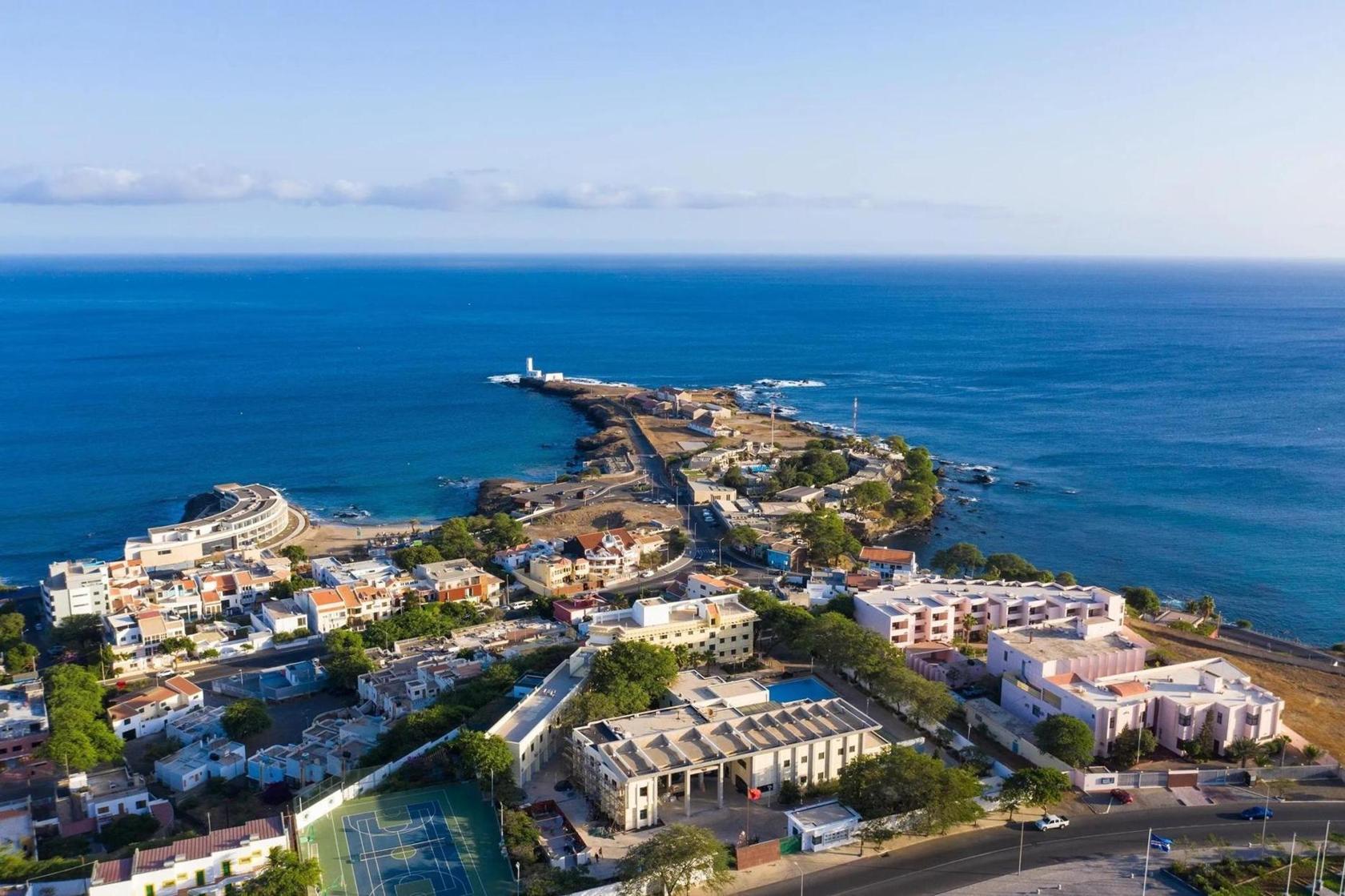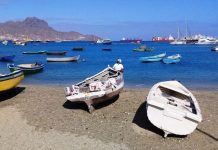Africa-Press – Cape verde. The Unseen Islands: Cape Verde’s Journey from the Shadows to Independence”
Hook:
Imagine a small group of islands, floating quietly in the Atlantic Ocean, where the winds of history have blown in stories of survival, resilience, and hope. Cape Verde, or Cabo Verde as it’s known today, might seem like just a dot on the map, but its history is a powerful tale of struggle and triumph. Let’s dive into the past of this unique archipelago, a place where every grain of sand has witnessed the footsteps of history.
The Early Days: A Land Without People
Cape Verde wasn’t always home to humans. These islands were uninhabited until the Portuguese explorers stumbled upon them in 1456. They found an untouched paradise, and soon, the Portuguese Crown saw an opportunity. They decided to settle the islands, beginning with Santiago, the largest island, in 1462.
The Portuguese saw the potential of Cape Verde as a strategic point for maritime trade. The islands were perfectly located between Europe, Africa, and the Americas. But this wasn’t just about trade; it was about something darker: the transatlantic slave trade.
Colonial Rule: The Slave Trade and Beyond
Cape Verde quickly became a hub for the Portuguese slave trade. Enslaved Africans were brought to the islands before being shipped off to the Americas. The islands’ economy depended heavily on this horrific trade, and it shaped the social structure of Cape Verde. The population became a mix of European settlers and enslaved Africans, creating a unique Creole culture.
Life in Cape Verde was tough. The islands were hit by frequent droughts, and food was often scarce. The Portuguese rulers didn’t invest much in the islands, leaving the people to fend for themselves. But Cape Verdeans are resilient. They adapted to the harsh conditions and developed a strong sense of community.
For More News And Analysis About Cape verde Follow Africa-Press






